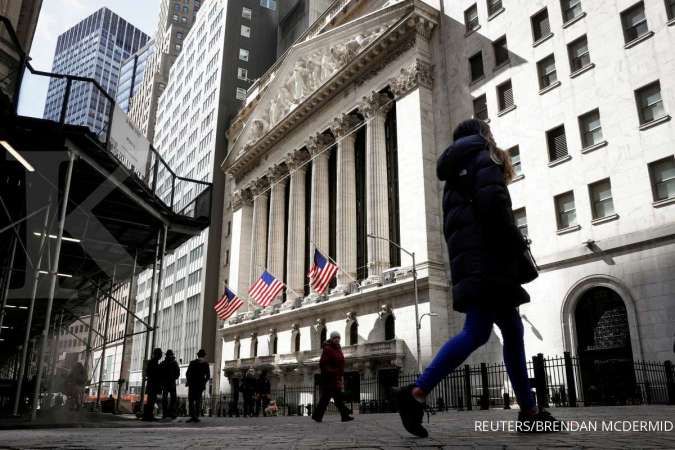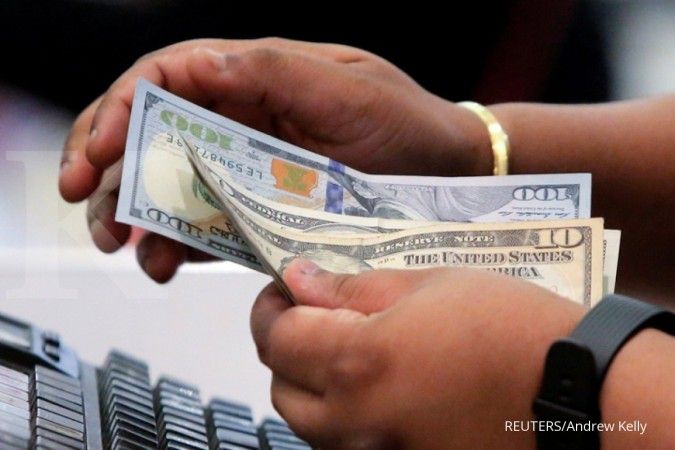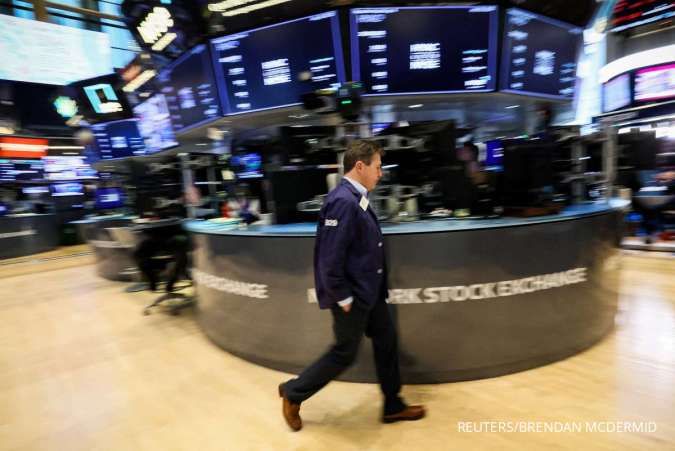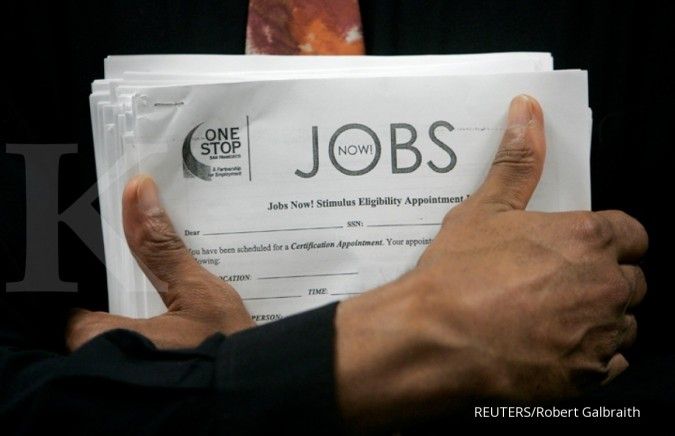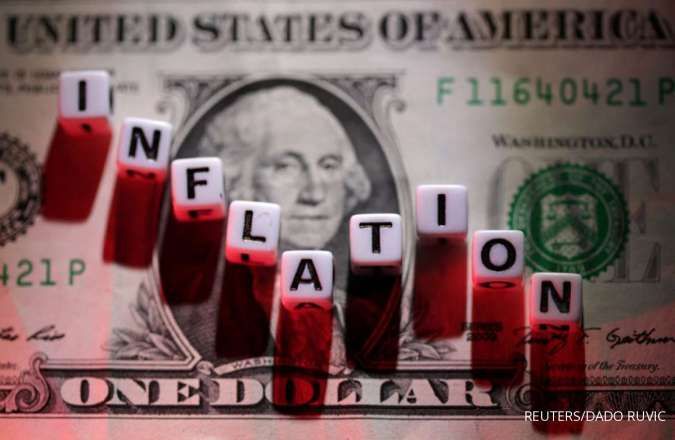AMERIKA SERIKAT / AS - WASHINGTON. U.S. producer prices fell by the most in three-and-a-half years in October amid a sharp drop in the cost of gasoline, the latest indication of subsiding inflation pressures.
The producer price index for final demand declined 0.5% last month, the largest decrease since April 2020, the Labor Department's Bureau of Labor Statistics said on Wednesday. Data for September was revised lower to show the PPI increasing 0.4% instead of 0.5% as previously reported.
Economists polled by Reuters had forecast the PPI edging up 0.1%. In the 12 months through October, the PPI increased 1.3% after rising 2.2% in September. The report followed data on Tuesday showing consumer prices unchanged in October.
Read Also: Gold Hits One-Week High on Expectations of Fed Rate Cuts
Cooling inflation together with slowing job and wage growth reinforced expectations that the U.S. central bank's fastest monetary policy tightening campaign since the 1980s was over.
Financial markets are even anticipating a rate cut next May, according to CME Group's FedWatch tool. Since March 2022, the Fed has hiked its policy rate by 525 basis points to the current 5.25%-5.50% range.
Goods prices dropped 1.4% in October, with a 15.3 plunge in gasoline prices accounting for more than 80% of the decline. Goods prices rose 0.8% in September. Food prices fell 0.2%.
Read Also: Indonesia State Utility Plans 31.6 GW Renewable Power Capacity in 2024-2033
Excluding the volatile energy and energy components, goods prices edged up 0.1% last month. These so-called core goods prices rose 0.2% in September. Prices for light motor trucks fell. New-model-year passenger cars and light motor trucks were introduced into the data with the October release, in line with the normal practise.
The cost of services was unchanged after increasing 0.2%. Airline fares rose 3.1%. There were also increases in the costs of inpatient and outpatient care as well as transportation of freight by road. But portfolio management fees and prices for motel and hotel rooms fell.
Airline fares, portfolio management fees are some of the components that go into the calculation of personal consumption expenditures price indexes, the inflation measures tracked by the Fed for its 2% target.
Read Also: Indonesia Posts $3.5 Billion October Trade Surplus, Above Forecast
The narrower measure of PPI, which strips out food, energy and trade services components, nudged up 0.1% last month after climbing 0.3% in September. The core PPI increased 2.9% on a year-on-year basis in October after rising 3.0% in September.
/2022/06/13/124380975p.jpg)
